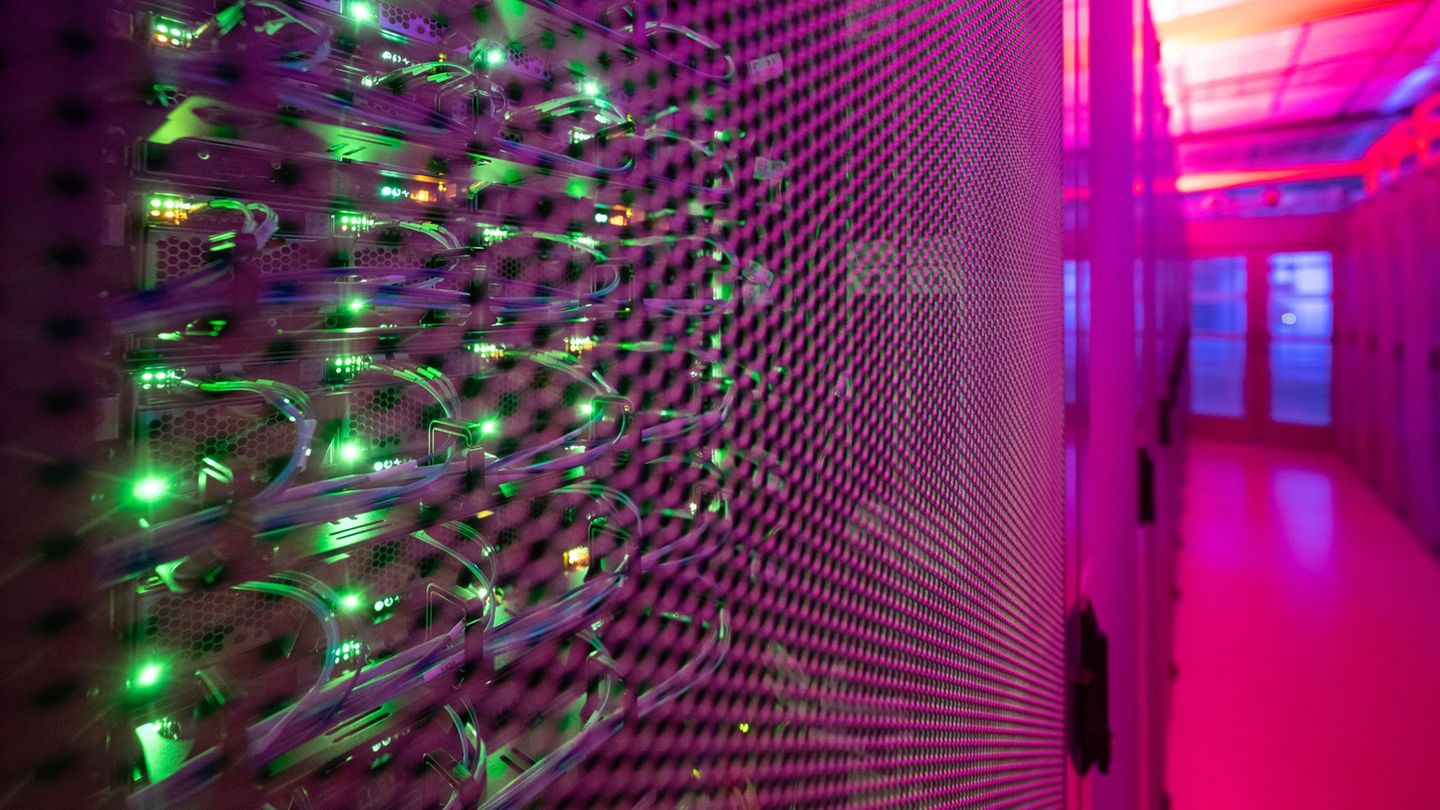For this reason, the solution found by some developers was the design of a dual model based on algorithmic arbitration. In simple words, a new cryptocurrency is created that partially supports the stablecoin. This is how, for example, TerraUSD ($UST)a stable cryptocurrency from the Terra ecosystem ($LUNA) whose main objective is to eliminate regulatory risk by completely avoiding the use of non-crypto reserves.
As a result of this very seductive proposal, last Monday, April 18, the UST surpassed the stable coin of Binance ($BUSD), becoming the third stable coin in the crypto ecosystem with more than 18 billion dollars of market capitalization.
How does it work?
If the price of UST is above 1 dollar, the protocol allows issuing UST by delivering LUNA, making a risk-free profit for the difference and if, on the contrary, the price of UST is below 1 dollar, it allows UST at the price of $1 to be used to issue LUNA, allowing the latter cryptocurrency to be purchased at a cheaper price.
What returns in dollars does it grant?
The furor of the UST and its massive adoption on different platforms is due to the fact that, beyond its attractive philosophy, by depositing them in a loan protocol, known as “Anchor”, you can obtain a compound interest rate of approximately 18% per year in UST. In other words, if we look at the UST parity with the dollar, it would be a return similar to 18% in dollars with no volatility risk. But is this sustainable?
Spoiler alert: NO.
Anchor Protocol ($ANC) lends UST at 10% and grants 18%, the difference is injected by its developers (Terraform Labs) as an unusual and expensive marketing strategy to achieve greater user adoption, the which consumes about 500 million dollars every six months.
Most of Anchor’s users are likely to be just swallow capital looking for a subsidized return. Therefore, the demand for UST constitutes a dangerous illusion.
According to the report prepared by CRYPTOCITY Research, To achieve the sustainability of a stable currency, at least the following is required:
- Genuine and perpetual demand: Simply fulfill the three functions of money. 1) Payment method, 2) Unit of account and 3) Value deposit.
The problem with algorithmic stablecoins is that this dual model partially complies with these principles, since both cryptocurrencies (the stablecoin and the underlying) do not yet enjoy wide use and transactional application, nor as reference currencies and a store of value due to to the intrinsic mechanism that constantly arbitrates them.
- Sustainable incentives: Higher adoption cannot be incentivized simply to deliver higher performance. The race to deliver semi-fixed high returns by algorithmic stablecoins has a history riddled with failure. For example, stablecoins such as $ESD, $DSD, $AMPL, $BAC, $IRON, $XUSD, and $USDN, among many others, have occasionally lost their price parity to the fiat dollar and even many of those mentioned no longer they have no use.
- Solid warranty: Stablecoins backed by fiat currency or equivalent assets are based on a countercyclical system. When the entire market falls, you simply find the money to respond. However, in algorithmic stablecoins there is a system that is prone to runs, destabilization and failure per se, because the fall of the underlying coin can cause the loss of the peg of the stablecoin, a situation that is known as “death spiral” or “spiral of death”.
Finally, it is important to highlight that the UST stablecoin has substantial differences with its predecessors, such as the underlying asset ($LUNA) that supports it is a powerful network of the cryptographic ecosystem with various applications on it. However, decentralization in UST is relative and Terraform Labs is still heavily involved in most functions. Therefore, regulators can still go after this protocol. It is a risk worth considering.
Director of CRYPTOCITY
Source: Ambito




